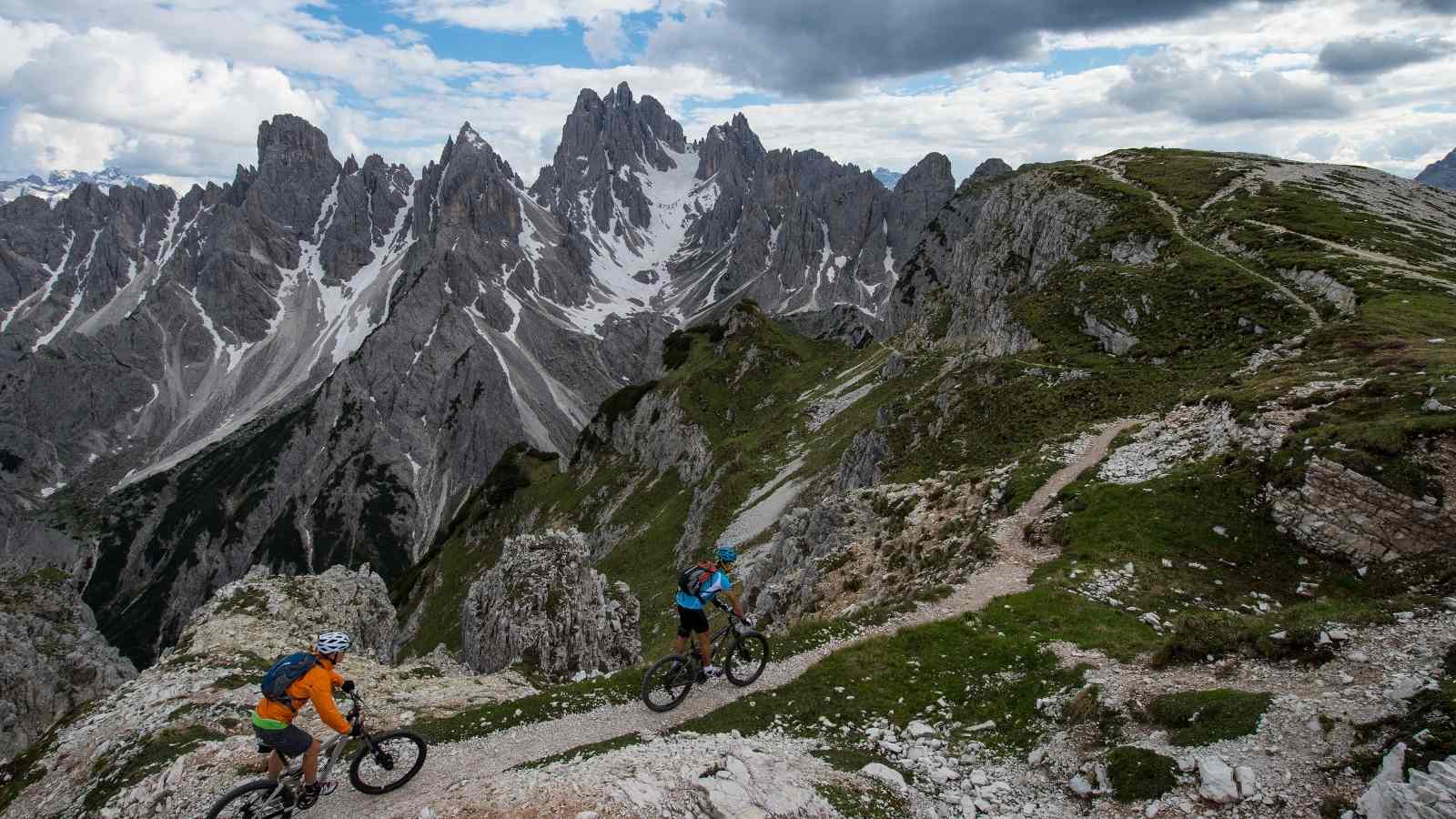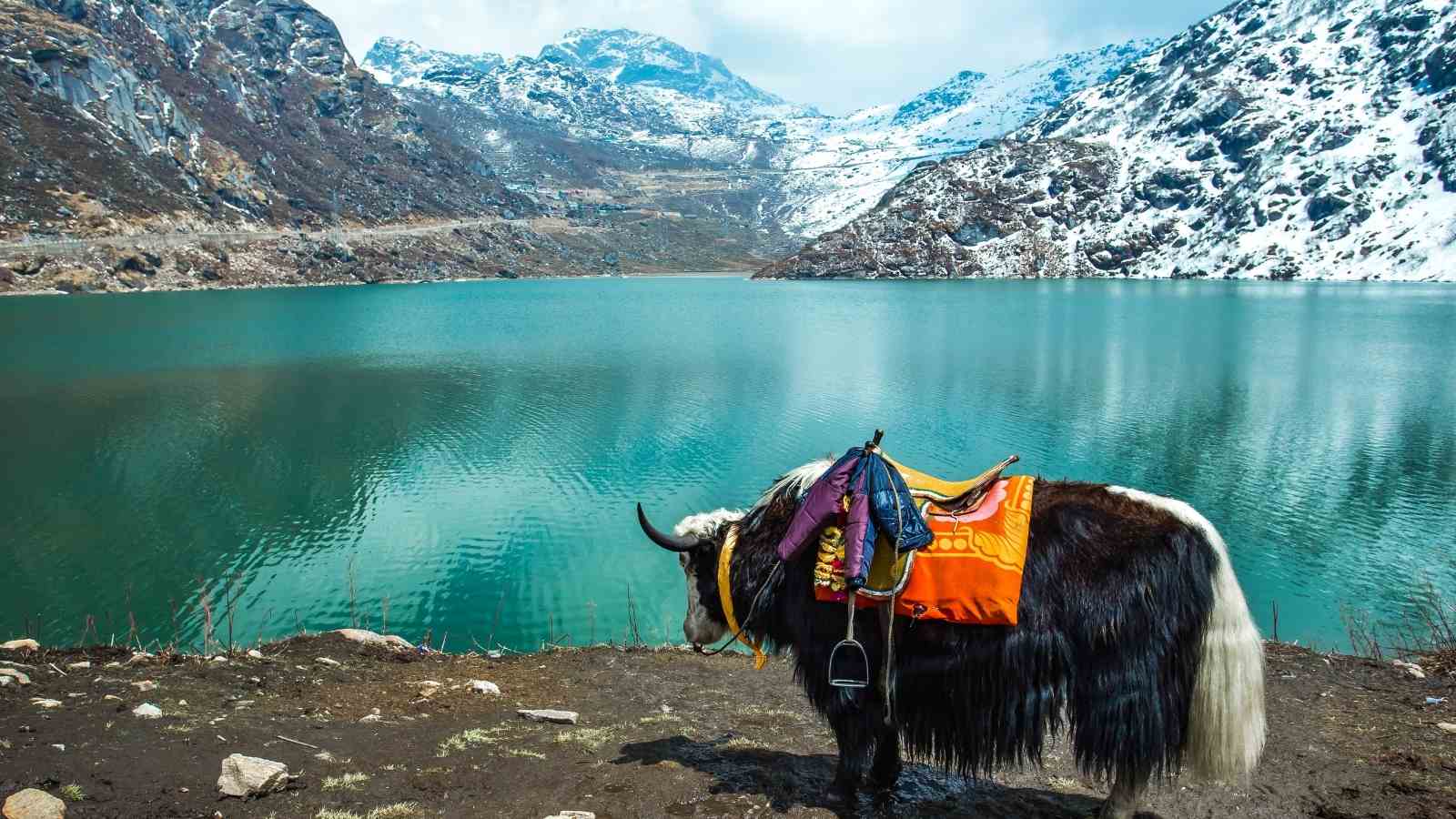If you are an avid traveler, chances are high that you must have already crossed most tourist locations off your list. Therefore, when you start planning your next vacation, you realize that deciding where to go is a challenge more than the actual planning of the trip. Since most popular tourist destinations have already been explored and those you haven’t are overcrowded and littered.
However, India is the third-largest country in Asia and has more to offer than your regular run-of-the-mill tourist spots. You need where to look and how to reach. The country has many hidden treasures that are not as popular, and there’s a lack of awareness about them.
But some of these locations experience diverse weather conditions across their topography, so you’ll need to check the weather conditions on a good forecast website. You should be able to check present and future weather in such locations.

Here are some lesser-known destinations without tourist traps and premium costs, which make for perfect substitutes to famous tourist spots.
1. Daman & Diu
Let’s admit it. Goa, or the party capital of India as it’s fondly called, has been done to death by now. While the place has some highly scenic areas and offers great experiences, it turns into an absolute nightmare during the peak season. Not only does it get super crowded but also extremely expensive. If you’re looking for a relaxed and tranquil vacation, Goa might not be the best option.
Instead, head a little north to Daman and Diu for a more serene and affordable getaway. Thanks to its scenic beaches and calm ambiance, the former union territory is considered among the top romantic getaways in the country. There are golden beaches, colonial structures from the Portuguese era, and dense palm groves.
Top tourist attractions include Devka Beach, Jampore Beach, Nagoa Beach, Ghoghla Beach, and Chakratirth Beach. The last one is of mythical importance as this is where Lord Krishna is said to have beheaded the demon Jalandhar. Apart from beaches, there is the 16th-century Portuguese Fort and the Church of Our Lady of the Sea. The best time to visit Daman and Diu is from October to March, and it is well-connected with Mumbai and Ahmedabad.
2. Chakrata, Uttarakhand
When planning a vacation to explore the Himalayan mountain range, the first name that pops up in the head is Manali. However, take a different route and head to Chakrata in Uttarakhand instead for a calming vacation away from crowds, even during the peak season. Chakrata is a cantonment town in the Dehradun district of Uttarakhand, which is extremely clean and pocket-friendly.
Situated at the height of about 7,000 m above sea level, Chakrata was a summer retreat for high-ranking officials of the East India Company during the British invasion. The town offers a sweeping video of the Yamuna Valley below. Tourist spots include Kanasar, Kharamba Peak, Deoban, Budher caves, and Tiger Falls. The best time to visit is from March to June, and it’s well-connected with Delhi.
3. Sikkim
Sikkim is a perfect and probably a better alternative to Ladakh. The popularity of Ladakh has sky-rocketed after it featured in a number of Bollywood movies. As a result, the place has become a tourist hotspot and is no longer a clean and calming getaway.
On the other hand, Sikkim is a lesser-explored destination that offers a relaxing vacation with friends and family. Visit the Northeastern state during March-May and October-December to have a good time. The state is bordered by Bhutan, Tibet, and Nepal and is home to India’s highest peak - Kangchenjunga. Sikkim offers lush greenery, sprawling hills, and a pleasant climate to its visitors.
4. Tadoba Andhari Tiger Reserve, Maharashtra
Talk about wildlife tourist destinations in India and Jim Corbett National Park is sure to come up. Jim Corbett is yet another fantastic tourist destination that fell prey to commercialization after featuring in movies like Kaal. The place is almost always booked during the peak season, and if you do manage to get a booking, you are likely to be greeted by massive crowds and sky-high rates.
Instead, visit Tadoba-Andhari National Park located in the Chandrapur district, Maharashtra. The wildlife sanctuary is the oldest as well the biggest national park in Maharashtra. Established in 1955, the wildlife reserve comprises Tadoba National Park along with the Andhari Wildlife Sanctuary.
The best time to visit is from November to February since Maharashtra has a tropical climate. However, the best time to spot tigers is during the hotter months, from April to May. Moreover, post-monsoon is also a good time when the jungle and greenery become lush.
Visitors can stay in hotels and resorts within the periphery of the Tadoba National Park for a complete experience, enjoy a tiger safari, and explore wildlife and nature trails.
5. Khimsar, Rajasthan
Jaisalmer is one of the hottest tourist destinations for those who want to experience the magnificent culture and history of the royal state of Rajasthan. Attractions like desert camping, camel safari, Jaisalmer Fort, and Gadisar Lake bring a lot of footfall to the “Golden City.”
If you want to have the same experience but beat the rush and crowd, head to the Khimsar village instead. The village is situated between Bikaner and Jodhpur. This lesser-known place is located amidst dunes and has relatively cheaper camps and eateries. Khimsar is also considered the starting point of the Thar desert.
Considering the hot climate of Rajasthan, the best time to visit Khimsar is from November to February. Tourists can visit Panchala Black Buck Reserve to witness rare Black Buck species, camp in the desert, enjoy camel safari, and visit the Khimsar Fort.
These are some of the best but lesser-known destinations in the country, which offer similar if not better experiences than more popular tourist destinations. However, this is just the tip of the iceberg, and India has a lot more to offer when it comes to uncharted terrain. To experience the country at its best, go off the map and look beyond the popular destinations.

